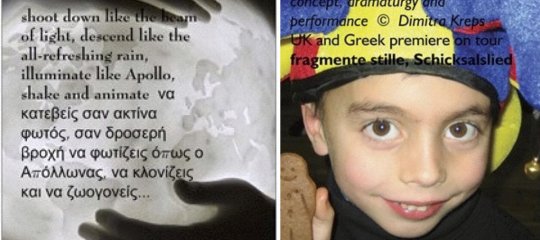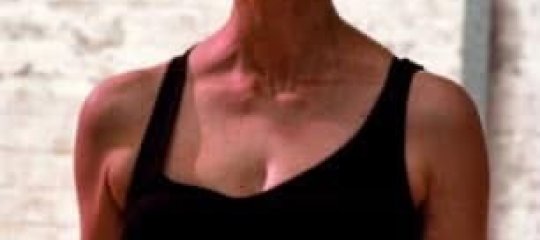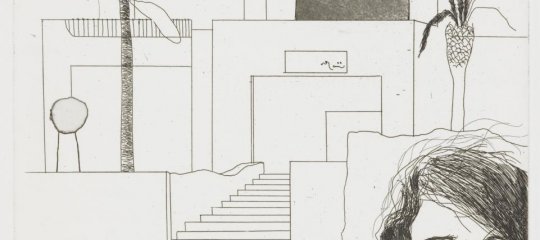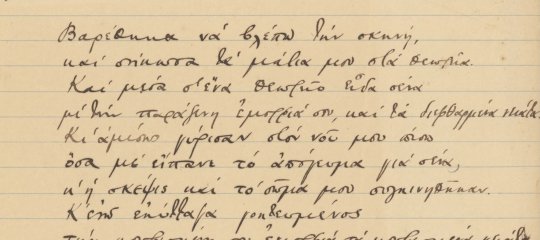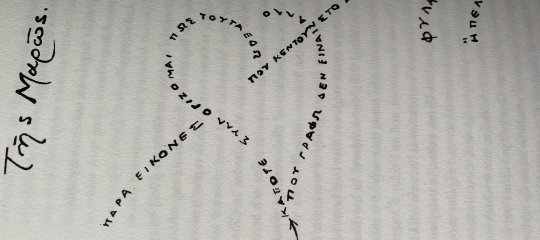Αφιέρωμα στον Ν. Καββαδία (Πανεπιστήμιο της Λιουμπλιάνα)
Εκθεση και Αφιέρωμα: ”Νίκος Καββαδίας Ο ποιητής των θαλασσών και του ανεκπλήρωτου έρωτα - 100 χρόνια από τη γέννησή του”, διοργανώθηκε από τον Τομέα Νεοελληνικής Γλώσσας του Πανεπιστημίου της Λιουμπλιάνας και την Εστία Ιταλίας του Ελληνικού Ιδρύματος Πολιτισμού σε συνεργασία με τον Σλοβενοελληνικό Πολιτιστικό Σύλλογο στο μουσείο Μestni Μusej στη Λιουμπλιάνα τη Δευτέρα 29 Νοεμβρίου 2010 και ώρα 19.00. Η διοργάνωση έγινε από την Ελληνική Πρεσβεία στη Σλοβενία, με την υποστήριξη του Ελληνικού Υπουργείου Πολιτισμού.
Με αυτήν, επιδιώχθηκε να παρουσιαστεί στο κοινό της Σλοβενίας ο ποιητής Νίκος Καββαδίας (1910-1975).
Ο «ιδανικός αυτός εραστής των μακρισμένων ταξιδιών και των γαλάζιων πόντων», ο οποίος περιπλανήθηκε για χρόνια ως τηλεγραφητής σε φορτηγά καράβια και μάταια πόθησε τόσο να «σκίσει τη θολή γραμμή των οριζόντων», μετέφερε με έναν άμεσο, βιωματικό και συχνά τραγικό λόγο ιστορίες και περιπέτειες, πίκρες και έρωτες, απογοητεύσεις και νοσταλγία αλληλένδετα με τη διαρκή αναζήτηση, τη δραματική φυγή και την αθεράπευτη νοσταλγία των ναυτικών στο έργο του, ποιητικό και πεζογραφικό. Ένα έργο γεμάτο δυνατές εικόνες, μεταφορές, πολυπολιτισμικές επιρροές και αναφορές, που είχε την τύχη να αγαπηθεί πολύ από το κοινό, τόσο ως κείμενο όσο και ως τραγούδι μέσα από τις μελοποιήσεις που έγιναν.
Στην έκθεση, ο επισκέπτης είχε τη δυνατότητα να δει σκηνές από τη ζωή και τα ταξίδια του Ν. Καββαδία, φωτογραφίες με πρόσωπα και λιμάνια που παραπέμπουν στα κείμενά του. Ανάμεσα στο οπτικό υλικό παρεμβάλλονταν ποιήματα και πεζά αποσπάσματα μεταφρασμένα στη σλοβενική γλώσσα.
Η έκθεση ολοκληρώθηκε με βιογραφικά στοιχεία, χρονολόγιο, εργογραφία και μια συλλογή με όλες τις εκδόσεις του έργου του που κυκλοφορούν στην Ελλάδα (εκδόσεις 'Άγρα), μελέτες για το έργο του, οπτικοασκουστικό υλικό με ερμηνείες μελοποιημένων ποιημάτων. Στον ίδιο χώρο προβλήθηκε, το εμπνευσμένο από το έργο του, ντοκυμαντέρ της Κατερίνας Πατρώνη «Με τα μάτια στραμμένα στη στεριά».
Την έκθεση εγκαινίασε ο πρέσβης της Ελλάδας στη Σλοβενία κ. Διονύσιος Κουντουρέας.
Το αφιέρωμα περιελάμβανε την παρουσίαση του ποιητή από τον dr. Brane Senegačnik, απαγγελία ποιημάτων του στα σλοβενικά από την ηθοποιό και μεταφράστρια κ. Λόισκα Αβαγιαννού και μελοποιημένη ερμηνεία από το μουσικό σχήμα ”Πήγασος.”
Οι μεταφράσεις των ποιημάτων έγιναν από διδάσκοντες του Τμήματος Κλασικής Φιλολογίας και φοιτητές του Τομέα της Νεοελληνικής Γλώσσας με την επιμέλεια των επίκουρων καθηγητών κ. dr. Jerneja Kavčič και κ. dr Brane Senegačnik και σε συνεργασία με τη φιλόλογο κ. Βαρσαμακίδου Βασιλική.
Βασιλική Βαρσαμακίδου
- Εισέλθετε στο σύστημα για να υποβάλετε σχόλια




